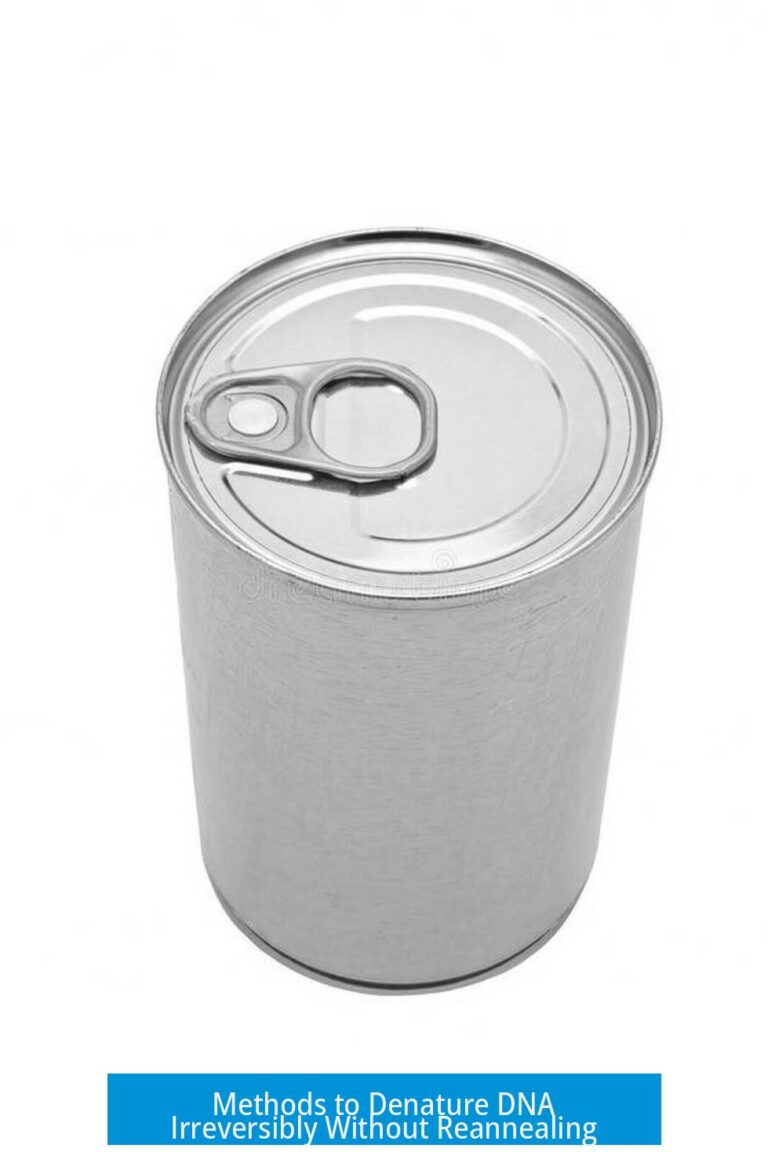Help with Electrophoresis Troubleshooting
Troubleshooting electrophoresis involves systematic checks of ladder integrity, buffer and gel preparation, staining and visualization, and running conditions. This approach ensures clear DNA or protein separation and accurate results.
1. Troubles with the Ladder
The ladder acts as the positive control in electrophoresis. Issues here signal fundamental problems.
- Collapsed bands: Rarely observed, collapsed bands concentrated into two indicate possible bad ladder stock or gel problems. This abnormal pattern differs from smearing or absent bands.
- Degraded ladder stock: The 100bp ladder often degrades over time. If the 1kb ladder runs fine but the 100bp ladder fails post-imaging fixes, consider replacing the 100bp ladder.
- Improving resolution: For 100bp ladders, increase agarose concentration to enhance band separation. Run the gel at 100V until the lowest band reaches three-quarters down the gel.
- Gel composition: The agarose quality impacts ladder behavior. Inconsistent agar dissolution or uneven gel thickness can cause poor ladder performance.
2. Buffer and Gel Preparation Concerns
The choice and preparation of buffer and gel significantly affect electrophoresis outcomes.
- Buffer freshness and type: Old or contaminated TE, TAE, or TBE buffers may compromise results. Replacing buffers can resolve ladder anomalies.
- Choosing TAE vs. TBE: For small DNA fragments, TBE buffer tends to provide sharper bands due to better buffering capacity.
- Gel uniformity: Dissolving agarose in buffer should be consistent. Uneven gels cause sample dissipation or lighter coloration near wells, indicating thinner gel regions.
- Gel thickness: Thin gels reduce resolution and band visibility. Maintain uniform gel thickness during casting to avoid these issues.
3. Staining and Visualization
Proper staining and imaging are crucial for clear band detection.
- Ethidium bromide (EtBr) quality: Expired or diluted EtBr produces faint or absent bands. Adding fresh stain or increasing concentration often restores signal.
- Alternative stains: SYBR Safe and other dyes can replace EtBr for enhanced safety and sometimes better staining consistency. Adding stain to the gel before pouring ensures even distribution.
- UV lamp functionality: Confirm the gel documentation system’s UV lamp works correctly. Without UV illumination, fluorescence from DNA-bound dyes disappears, making bands invisible.
- Imaging settings: Switch filters to UV excitation from visible light for dye fluorescence detection. White inserts or covers blocking UV light mimic no-signal issues.
- Loading dye visibility: Loading dyes such as bromophenol blue or xylene cyanol appear under white light but not when imaging fluorescence. Misinterpreting these as sample bands is common.
4. Running Conditions Troubleshooting
Optimization of electrophoresis running parameters prevents artifacts and improves results.
- Voltage settings: Higher voltage can speed runs and sharpen bands but risks overheating. Running at ~100V until the lowest ladder band reaches 75% of gel length provides a balance.
- Agarose temperature during preparation: Adding agarose at cooler temperatures prevents uneven gel solidification, improving gel matrix uniformity and run consistency.
- Current (amps) limit: Ensure the electrophoresis unit’s current limit is high enough to reach the target voltage. Insufficient current restricts voltage, causing slow runs.
5. General Troubleshooting Considerations
Additional practical observations assist in identifying problems.
- Unexpected gel patterns: Excessive smearing or failure to run can result from using pure water without buffer or incorrect gel composition.
- Ask questions: Experimental troubleshooting often requires iterative testing. No question is trivial; clarity improves success rates.
- Experimental humor: While frustrating, humorous remarks such as “Your gel disapproves” help lighten the troubleshooting process and encourage persistence.
Summary Table of Common Troubleshooting Steps
| Issue | Cause | Possible Solution |
|---|---|---|
| Collapsed ladder bands | Bad ladder stock; gel inconsistency | Replace ladder; improve agar quality; increase agar concentration |
| Smearing or poor DNA separation | Buffer issues; low agar concentration | Use fresh buffer; switch to TBE for small fragments; increase agar concentration |
| No bands visible | Expired stain; non-functional UV lamp; imaging error | Add fresh stain; verify UV lamp; confirm imaging settings; remove white inserts blocking UV |
| Uneven bands or fading near wells | Thin gel near wells; uneven agarose dissolution | Ensure uniform gel thickness; dissolve agarose properly; adjust gel casting technique |
| Voltage not reaching set value | Current limit too low | Raise current limit on power supply; verify connections |
Key Points to Remember
- Check ladder integrity first; it acts as a critical control.
- Use fresh, appropriate buffers – TBE for small DNA, TAE generally.
- Maintain gel consistency — agar concentration and thickness are vital.
- Use effective staining techniques and verify imaging equipment.
- Optimize running conditions; voltage and temperature impact resolution.
- Challenge assumptions; ask questions without hesitation.
Q1: Why do my ladder bands collapse into only two bands during electrophoresis?
This can happen due to degraded ladder stock or incorrect gel composition. Check if your ladder is still good and consider adjusting agar concentration. Using fresh TAE buffer might also help.
Q2: How can I improve separation when running a 100bp DNA ladder?
Increase agarose concentration in the gel and run at around 100V. Stop the run when the lowest band reaches about three-quarters down the gel to get better band separation.
Q3: Could the buffer choice affect my electrophoresis results?
Yes. Using TAE or TE buffers can change results. For smaller DNA fragments, TBE buffer often provides better resolution and clearer bands.
Q4: Why might I see faint or no bands after staining my gel?
Your staining solution, like ethidium bromide, could be degraded or too diluted. Also, ensure your UV lamp is working properly and no objects block the UV light during imaging.
Q5: What should I check if my gel runs slowly or voltage won’t reach expected levels?
Verify the amp limit on your power supply is set higher. Additionally, letting your agar cool before pouring and running at the right voltage can improve run quality.





Leave a Comment